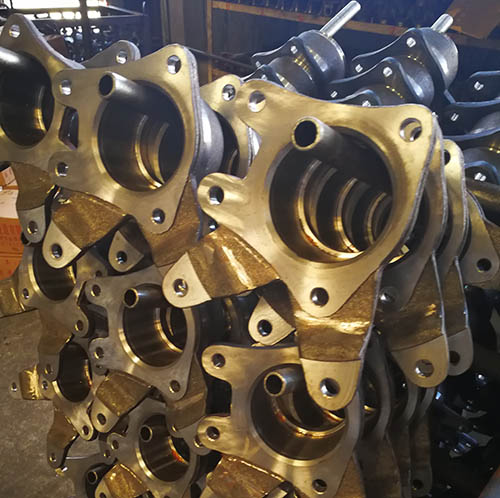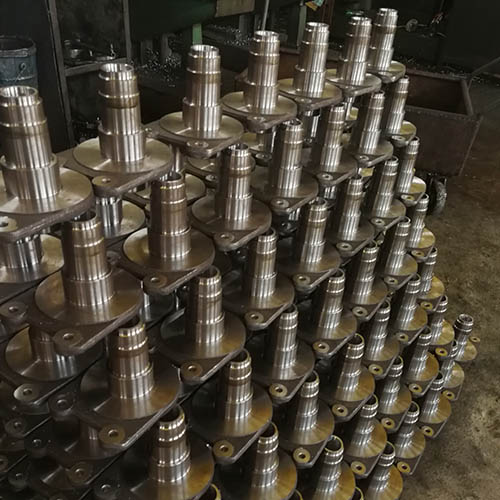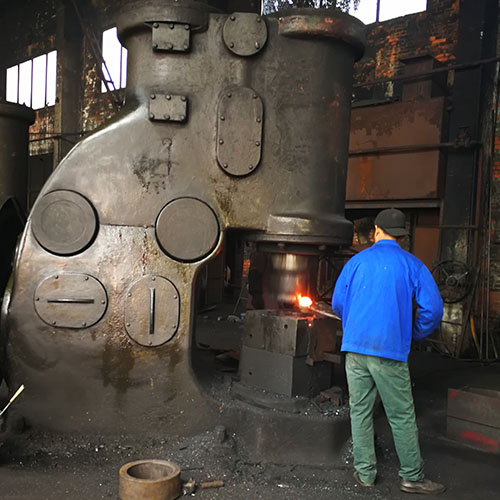Stanford University scientists have created a new type of carbon material that can significantly improve battery energy storage performance. The research was published as a cover article on ACS Central Science. Zhenan Bao is the lead author of the study and a professor of chemical engineering at Stanford University. He said: "The 'design carbon' we have developed is multi-purpose and controllable and studies show that this material has excellent energy storage properties that enable high performance lithium-sulfur batteries and ultracapacitors. " According to Bao's research, this new design carbon performs better than traditional activated carbon, a cheap material widely used for water filters and air deodorants. Bao said: "Many activated carbon is made from coconut shell, in order to become coconut shell activated carbon, we need to heat it at high temperature and chemical treatment." Activation of carbon in the process, will produce nanopores, thereby increasing the surface area of ​​carbon, making it can catalyze more chemical reactions, store more charge. Bao added that there are serious drawbacks to activated carbon, such as the lack of interconnectivity between holes, which limits the power transmission capacity. "Activated carbon can not control the connectivity between holes," said Bao. "Activated carbon made from coconut shell also contains a lot of impurities. As a deodorant, traditional activated carbon is not a problem, but it can not provide electronic equipment and energy storage. Good performance. " Three-dimensional network Bao and his colleagues developed a new approach that uses high-quality carbon synthesized using cheaper and pollution-free compounds and polymers than coconut shells. This process starts with a conductive hydrogel, a sponge-like textured water-based polymer. Bao said: "Hydrogel polymers form a three-dimensional interoperable framework suitable for electrical conduction. In addition, the framework includes organic molecules and functional yards, such as nitrogen, that allow us to tune the electronic properties." In this study, Stanford's research team used a mild carbonization and activation process to convert the polymer organic framework into nanowires. John To (co-author), co-lead author of the study, said: "The three-dimensional network of carbon sheets has good hole connectivity and electrical conductivity, and we added potassium hydroxide to activate the carbon sheet and increase it Of the surface area. " The result: Designing carbon to fine-tune a variety of applications. To says: "We call it design carbon because we can control its chemical composition, pore size and surface area by changing the type of polymer and organic linkages or by adjusting the temperature during production Realized. " For example, increasing the processing temperature from 400 degrees Celsius to 900 degrees Celsius will result in a 10-fold increase in the volume of the hole. The subsequent processing of carbon materials, the surface area weight ratio will be up to 4073 square meters per gram, which is a new record, which is equivalent to three American football pitches into one ounce of carbon inside. The traditional activated carbon per gram of the largest surface area of ​​only 3,000 square meters. Bao said: "The larger surface area has an important role for many applications, including electrocatalysis, energy storage and storage of carbon dioxide." Super capacitor What is the performance of new materials in practical application? Stanford's team produced carbon-coated electrodes and installed them in lithium-sulfur batteries and supercapacitors. Zheng Chen is a postdoctoral fellow and co-author of this project paper. He said: "Supercapacitors are widely used for energy storage in transportation and electricity because of their fast charge and discharge performance. The ideal material for supercapacitors needs to have a large surface area for storing charges and also require higher connectivity Sex, for the conduction of charge; the same time, you also need to have the appropriate gap structure, making the electrolyte solution ions can move quickly. In experiments, current was applied to the supercapacitor equipped with the design carbon electrode. The result was dramatic, with a threefold increase in conductivity of the new capacitor over the use of supercapacitors of traditional activated carbon. Bao added: "We also found that carbon is designed to increase the power transfer rate and electrode stability." battery The same is true for lithium-sulfur batteries, which currently have serious drawbacks: when lithium and sulfur react, the lithium-sulfur molecules they produce can leak from the electrode to the electrolyte, causing the battery to fail . The team also found that electrodes made of engineered carbon trapped polysulphides, improving battery performance. Bao said: "We can easily design electrodes with very small gaps that allow lithium ions to diffuse through the carbon and prevent sulfide from leaking out." Our design carbon is simple and inexpensive to meet the demanding requirements of high-performance electrodes "
Forging is a manufacturing process to shape the metal piece into desired shape by using hot working and hammer strength.
In our forging workshop, we mainly manufacture the Forging Parts from processing way die forging and free forging.
Forging is one of the oldest metalworking ways, it is more suitable for the metal pieces which require stronger than the equivalent cast and Machined Parts.
Advantages of forging parts:
Forging Parts Forging Parts,Aluminum Forging Parts,Steel Forging Parts,Forging Valve Parts Dandong Hengrui Machinery Co., Ltd. , http://www.hrcastings.com


